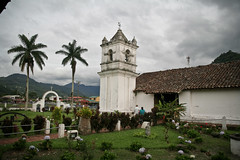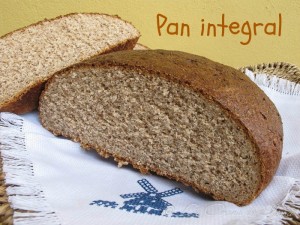globalwanderer.net
not all who wander are lost
Author Archives: bdbhaiti
Lesnia’s scars
I remember very powerfully the tender feelings I had while I gently wiped bits of blood and gravel from the gashes on Lesnia’s leg.
When I had a car, I used to bring Lesnia and several other members of her family over to our church on Sundays. Afterward we had all sorts of fun adventures. We’d get pizza or KFC, visit a park, or fly kites.
Lesnia had fallen and slid while scrambling up the steep hill at Peace Park, scraping open a few large gashes on her leg. As far as my medical knowledge goes, I knew the scrape should be cleaned of dirt and washed so it didn’t get infected. I used rubbing alcohol and daubed it with a cotton ball. I watched as she cringed, squeezing back tears as the alcohol sent the stinging pain searing through her body. Continue reading
No matter where I live it’s the blood of Christ that gives me value
La Carpio is a place you will fall in love with at first sight. Well, maybe not everyone does, but I did. I thought it would be a brief flash of interest, like a short-lived crush. But I still love the place. I continue to see things that stick with me, images and stories that pierce deep into my heart and refuse to fade away. I believe La Carpio, and places like it, set God’s heart on fire with excitement and passion; at the same time they break it with pain and longing for reconciliation. And maybe that’s why He feels closer there.
A lot of the photographs and videos I post try to show images of the people, the places, and the interesting things that make La Carpio unique and special. There is so much beauty in the people and the culture of La Carpio: hard-working families, smiling, laughing kids, creative poets and acrobatic dancers, graffiti artists, and entrepreneurs. There is so much beauty, so much passion and excitement and love, so much hectic social activity that seems chaotic but when you look closer you realize people are organically bonding and growing in such a dynamic way.
So here’s my most recent video about La Carpio, once again highlighting the beauty, the color, the smiles, the familiar sights, the hard-working families, and the warmth that you feel if you take the time to get past all the negative stereotypes, and the very real fear and danger that exists there as well. The violence and instability are real, and frightening; but I choose to hope that the good is stronger and will win out.
Even as I write this entry now, it seems like the violence and exploitation is winning. It’s taken on dimensions too dark to speak about, too evil to name. But there’s a tiny chance. A small voice that’s spoken out, a small hope for healing and restoration has been spoken into the darkest crannies of the slum. And that’s the voice I’m listening to, and believing will win out in the end.
And as far as the video is concerned, these are the images, the celebrations, and the social coherence that I hope wins out. Set to another lyrical psalm by local rapper Douglas “Transformer” Contreras, this one asks a question: where are YOU going? And I punctuated it with a phrase from one of his other songs:
Viva donde viva la sangre de cristo es lo que valgo / No matter where I live it’s the blood of Christ that gives me value.
On the occasion of the death of someone killed in the neighborhood: a visual psalm
Lagrimas de Sangre / Tears of Blood
A few weeks ago I helped produce a video that I feel gives rich voice to the tragic violence that rips apart the lives in our barrio. Look for my name there in the credits.
Douglas, former-thug-now-set-on-fire-for-Jesus rapper, put to song a requiem for the youth killed in our barrio, and a plea for a more peaceful future. It’s titled “Tears of Blood,” a chronicle of people gunned down on the streets of La Carpio. It’s not an objective report; it’s personal. These are the images of the young guys killed, their friends and family, and those who remember them. At least four of them were familiar smiles on our street. One was a grandson of the family I lived with, like a second cousin to me.
Visually, there is a lot of anger and grief in the video. Lyrically, there is a testimony in honor of the lives lost. There is a plea for those who remain alive to think twice before picking up guns and using violence to solve problems.
This song is not for you to enjoy. I happen to like the beat and the lyrics, but it might not be your style. It’s to give voice to the pain. To plea for peace. To generate strength and resilience to steel oneself to the pain of the past and move on.
You don’t have to like it. But respect it.
The Orosi Valley
 A few weeks ago, I took a Saturday morning to bike the Orosi Valley loop, a beautiful scenic road to the east of the greater metropolitan area (the San Jose capital and its outlying cities). It winds through lush green coffee fields, old colonial churches, follows the Reventazón river and crosses the dam, and passes through some beautiful small towns and some breathtaking overlooks.
A few weeks ago, I took a Saturday morning to bike the Orosi Valley loop, a beautiful scenic road to the east of the greater metropolitan area (the San Jose capital and its outlying cities). It winds through lush green coffee fields, old colonial churches, follows the Reventazón river and crosses the dam, and passes through some beautiful small towns and some breathtaking overlooks.
Check out a mix of photos from different trips around the loop: the Ujarrás Ruins (1693), the Orosí colonial church (1743), photos from along the route itself, and some pictures with awesome people I made the trips with. Continue reading

